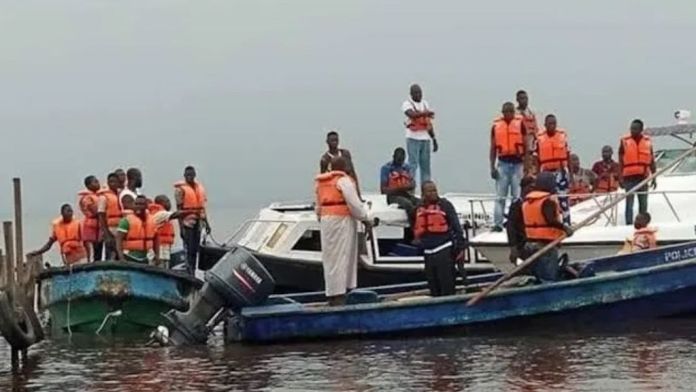As the frequency and severity of extreme weather events increase, effective collaboration between water sciences, meteorology, and emergency management agencies has become crucial for protecting lives, infrastructure, and the environment. A unified approach enables proactive preparedness, swift response, and resilient recovery.
There are interconnected challenges such as flooding and droughts that warrants an understanding of water cycles, precipitation patterns, and soil moisture which is vital for predicting and managing floods and droughts, water quality from meteorological data that informs water treatment and supply management, ensuring safe drinking water during extreme events. Emergency response from accurate weather forecasts and flood warnings to enable timely evacuations, search and rescue operations, and resource allocation.
This synergy benefits include Enhanced Predictive Capabilities for integrating meteorological and hydrological data which improves forecasting accuracy, streamlined communication for standardized protocols to facilitate real-time information sharing between agencies, proactive preparedness for joint planning and training exercises to optimize response strategies and resource optimization for coordinated efforts to reduce duplication and maximize resource allocation.
The key players here have their roles cut out in specific terms. The Water Sciences Agencies (NIHSA) provide hydrological data, water quality monitoring, hydrological service with capabilities of facilitating and supporting the harnessing, controlling, preserving, development and management of water resources in a sustainable manner and flood risk assessments. The Meteorological Agencies (NiMet) offer weather forecasting, precipitation monitoring, and climate modeling. The Emergency Management Agencies (NEMA / SEMA) to coordinate response efforts, provide situational awareness, and ensure public safety.
This broad based synergy creates a collaboration of emergency management and water resources agencies to provide flood warnings and drought monitoring, meteorological and hydrological agencies data for flood forecasting and early warning and finally water sciences, meteorology, and emergency management for effective flood response.
As the case globally, government agencies tend to protect themselves in selfish attitude of bureaucratic ego. In this wise, a pathway forward must be established to formalize interagency collaboration and data sharing, develop standardized protocols for enhanced communication and coordination through common operating procedures, invest in joint Research and Development for advance predictive capabilities and improve response strategies, conduct regular training and exercises to foster a culture of collaboration and preparedness.
By fostering synergy between water sciences, meteorology, and emergency management agencies, we can shall enhance predictive capabilities, streamline communication, optimize resource allocation, protect lives and infrastructure and build resilient communities.
United in synergy by these agencies, we can mitigate the impacts of extreme weather events and ensure a safer, more sustainable future.




